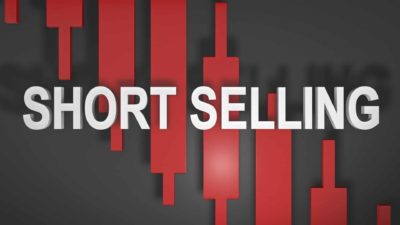Australia is set to officially emerge from its first recession in 19 years as economists rush to upgrade their September quarter estimates ahead of the ASX Santa Rally.
The big four ASX banks are forecasting gross domestic product (GDP) growth of between 3% and 4.1%, reported the Australian Financial Review.
If the numbers are on the money, it will mark Australia's highest growth since 1976!
Santa Rally reaching escape velocity
ASX investors have another reason to feel more confident about this year's Santa Rally even as the S&P/ASX 200 Index (Index:^AXJO) gave up early gains to trade 0.5% in the red.
A strong GDP number will prompt Treasury to upgrade its mid-year forecasts next month. And this means a better than expected federal government budget position.
We will only know for sure if we have escaped the technical recession this Wednesday when the government reports the latest quarter GDP numbers.
Recovery from the COVID recession
But the signs are good. Strong retail spending data, a faster than expected jobs recovery, a record bounce in consumer confidence and rebounding house prices are tailwinds.
To some extent, it's a non-event as the share market was already predicting this outcome when bottomed in March.
Equity markets have a habit of predicting the end of a recession around six months in advance.
What is the Santa Rally?
But confirmation that the worst has past will still be supportive of the ASX as we head into Christmas.
The two weeks before Christmas and the month after, a period affectionately called the Santa Rally, tend to see share markets rise.
There aren't any clear fundamental reasons for this seasonal phenomenon, but it's one of the most reliable patterns for share investors. Bases on historical data, there is around a 70% chance of a Santa Rally happening in any given year.
Can we expect a Santa Rally this year?
While the strong gains in November with the ASX sitting on a whopping 10% gain at the moment. Such gains usually represent a full year's return on the market – not a month.
This could dampen gains during the end-of-year hoorah. But with global economic indicators pointing to better times ahead in 2021 despite the resurgence of COVID‐19 around the world, it's hard to see a sell-off in the near-term.
The expected arrival of at least one, if not more, effective vaccines against the pandemic should offset the risks of another global economic shutdown.
RBA protecting the rear
What's more, central banks around the world are acting as a safety net for markets. They are ready to pump even more liquidity into the financial system if any more cracks appear.
On that note, the Reserve Bank of Australia's (RBA) meeting tomorrow will be closely watched. Not for its interest rate decision as it can't go lower, but for hints on how much harder it's willing to pull on the quantitative easing (QE) lever.








